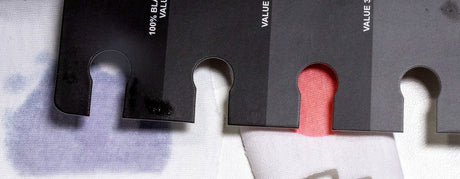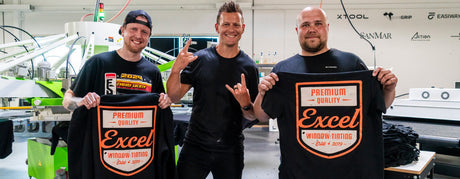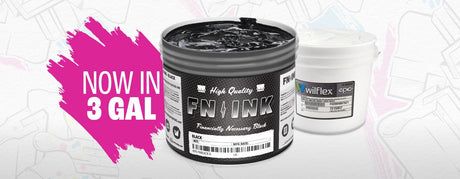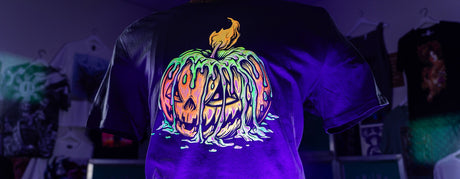
A Guide to Printing on Youth Apparel
Printing on youth apparel seems simple, right? Everything is smaller, but as long as you size everything to fit, it shouldn’t be a problem. Turns out, it’s a little more...
Free Shipping in the Con. US Learn More

Printing on youth apparel seems simple, right? Everything is smaller, but as long as you size everything to fit, it shouldn’t be a problem. Turns out, it’s a little more...

So you’re looking to start up a shop, but don’t know where to start. Maybe you want to upgrade your equipment, but hate comparison shopping. Well, there’s a solution. Buying...

Ever printed bright white ink on a red polyester shirt, only to find it mysteriously turned pink overnight? That’s dye migration. Whether you're printing on triblends, performance wear, or full...

In this behind-the-scenes print session, Ryan Moor fires up the ROQ automatic press to knock out a run of cotton tees, triblends, and fleece hoodies. This is a real-world look at...

When your shop is moving fast, ink shouldn't slow you down. That’s why more ink options are now available in a 3-gallon size - a smarter choice for printers who...

Screen printing heat transfers can seem daunting but in reality, it’s fairly simple. If made properly, plastisol heat transfers can last almost as long as a screen prints and can be...
In this new episode of Deep Dive with Colin, we’re diving into oversized printing with a Christmas twist! We’ll walk you through the highs, lows, and lessons learned while printing...

In this new episode of Deep Dive with Colin, we’re diving into a super cool project—a spooky pumpkin design! Instead of sticking to a plain white base, we’re giving it a...

As much as a new business owner may wish and strive for it, not all have a budget to cover all their startup expenses. So, decisions have to be made...

When it comes to screen printing, the choice of ink can significantly impact the quality and durability of your prints. White inks, in particular, offer a range of options to...

Foil is a great way to make prints shimmer without using another screen for metallic ink. It brings out details in designs with reflective qualities and can look spectacular if done...

When you buy a bucket of plastisol ink, it might have been sitting on a shelf for a bit before it got to your shop. You might notice that your ink...

You may have been perusing the market, looking for inks that’ll help you print on polyester materials like a pro. Have you noticed that there are a few types of...